Regardless of how large your fish tank Aquarium might be, it is always advisable to run a filter on it and as such you are most likely to have an external filter. This article takes you through step by step how to go about cleaning out said type of aquarium filter. We recommend performing this maintenance on a regular basis although the frequency of this cleaning will vary greatly depending on various factors:
- How stocked the aquarium is, the more heavily stocked it is the more waste there is so the more frequently the filter needs to be cleaned
- The type of media used will affect this, if you are using fine white filter media as many filters do then this should ideally be changed once per week
So with this all in mind, here is the guide to cleaning your fish tank filter. In this guide we are using a Fluval FX5 filter to show you the steps involved. Although it may appear different, the majority of external filters have the same principal of baskets of media so the steps involved should be the same for other types and brands of filters.
Before you start it is worth bearing in mind that you will need to use aquarium water for part of this cleaning routine so scheduling this maintenance at the same time as a water change is required.
- Disconnect the filter from the tank being sure to close connections off to prevent tank water escaping.

- Place filter in a bath or wet room area where water can escape down the drain.

- Undo screws to get access to filter media inside.

- Remove lid to see media baskets in the external filter.

- Remove filter media basket from the canister.

- Separate media baskets apart by removing connecting rods.

- Clean out empty canister, it could be argued to use fish tank aquarium water for this however you are unlikely to get the water pressure to do this effectively so we would recommend using a shower head to give this a good spray and get rid of any gravel that may have got inside your filter.

- Remove any pads or foam media from the baskets and place in bath or shower basin.

- Any baskets with non foam or pad media should be left in the basket in the bath or shower.

- It is recommended to use aquarium water to then clean around these baskets so using fish tank water clean off any gunge and waste from the baskets in and around the media.

- Then using the same aquarium water clean the foam filter pads.

- A good method for ensuring the filter pads or foams become clean is to squeeze them as you are cleaning them.

- You will know when they are clean because they will look physically cleaner as well as the water running clear when it comes away from the foam.

- Put the foam or pads back in to the filter when they are clean and re-assemble the filter by adding the baskets back to the canister.

- Fill the filter up with water that you are adding back in to the aquarium. Some filters do not necessarily require you to do this at this stage but you might as well for all filters.

- Connect the filter back to the aquarium, when you are sure the connections are locked then you can open the connections on the connecting pipes again. Do not turn on the filter until all bubbles have come out of the inlet and outlet of the pipes in the aquarium.

- When you are sure that all air has come out of the filter you can turn the filter on and ensure it is working properly by checking water is coming out of the outlet.

- Last but not least, you will more than likely be left with a mucky bath or shower covered in fish waste, it is important to clean this out afterwards, not only for health and safety reasons but to keep your partner from going mad!

This concludes our guide on how to clean out an external fish tank filter. The method is fairly straight forward and similar for all types and brands of external filters. The key parts to remember are to clean media with existing aquarium water, this is to ensure any beneficial bacteria which is living in your filter media is not killed off by a shock change of water parameters or temperature. If this bacteria is killed off it would interrupt the Nitrogen cycle and could cause a spike in parameters which the fish would not like.

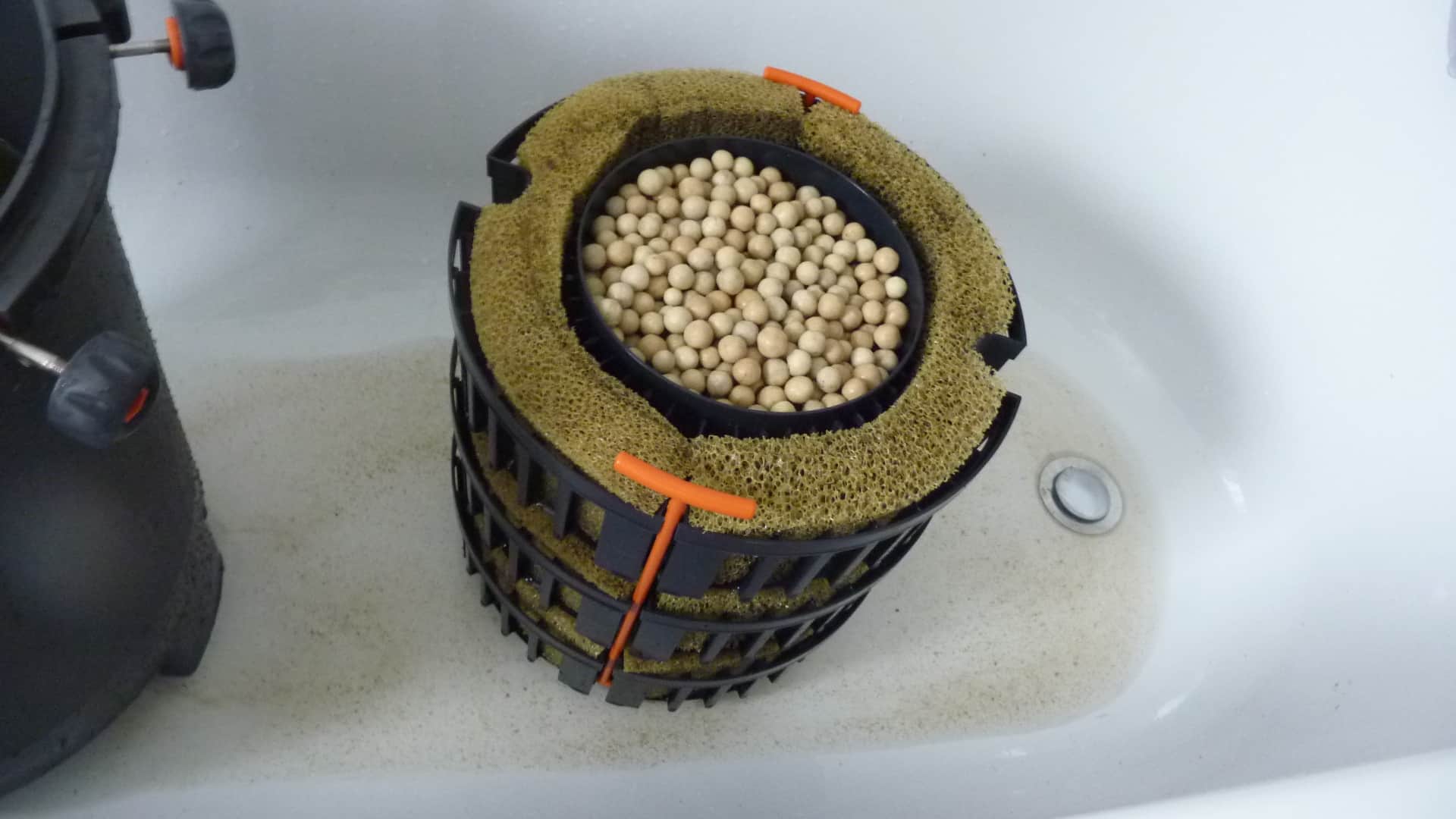
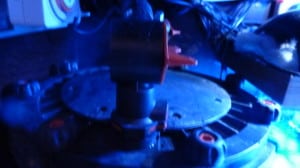
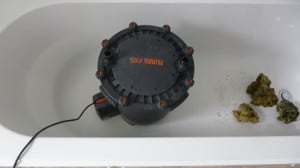
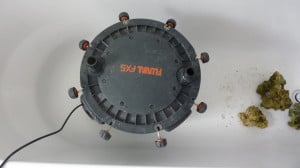
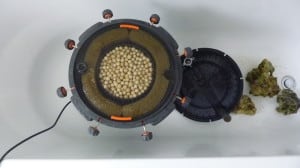
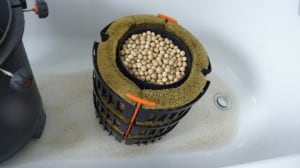
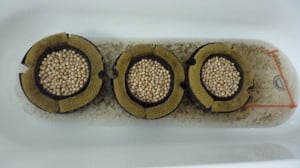
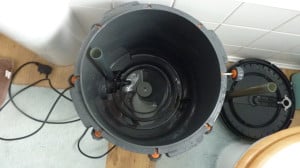
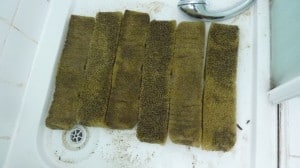
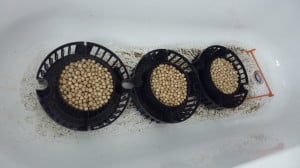
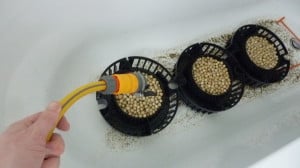
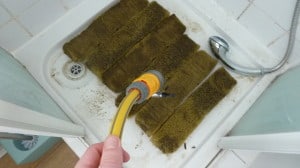
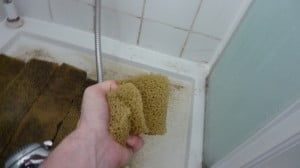
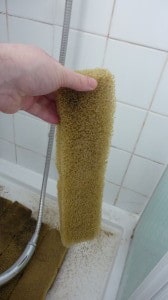
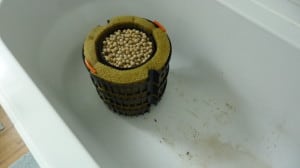
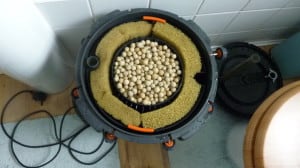
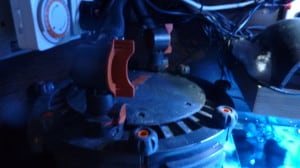
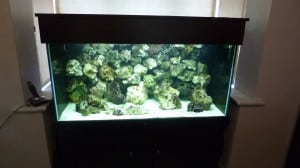
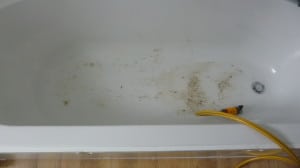
Related Posts
A Deeper Look In To Loach Fish Species
How Much Salt Should I Add To My Freshwater Aquarium
Everything You Need To Know About Using T5 Lights For Your Aquarium